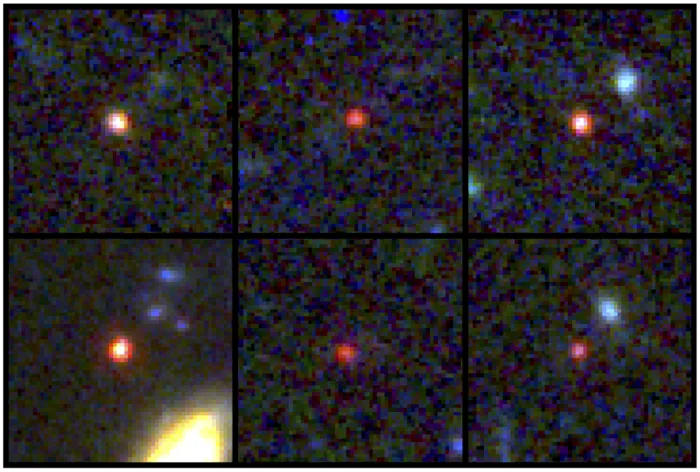
A team of international astrophysicists has discovered many mysterious objects that were hidden in images from the James Webb Space Telescope. These include six potential galaxies that should have emerged so early in the history of the universe and are so massive that they should not be possible under current cosmological theory.
These candidate galaxies may have existed roughly 500 to 700 million years after the Big Bang. That places them at more than 13 billion years ago, close to the dawn of the universe. Containing nearly as many stars as the modern-day Milky Way, they are also gigantic. The results of the study have been published in the journal Nature in February
Not the earliest discovered
Launched in December 2021, the James Webb Space Telescope is the most powerful telescope ever sent into space by us. The candidate galaxies identified this time from its data, however, aren’t the earliest galaxies observed by Jams Webb. Another group of scientists spotted four galaxies observed that likely formed 350 million years after the Big band. Those galaxies, however, were nowhere as massive as the current findings.
While looking at a stamp-sized section of an image that looked deep into a patch of sky close to the Big Dipper (a constellation, also known as the Plough), a researcher spotted fuzzy dots that were way too bright and red. In astronomy, red light usually equals old light. As the universe expands the light emitted by celestial objects stretches, making it redder to human instruments.
Based on their calculations, the team was also able to suggest that the candidate galaxies they had discovered were also huge. Containing tens to hundreds of billions of sun-sized stars worth of mass, these were akin to our Milky Way.
Might rewrite astronomy books
As current theory suggests that there shouldn't have been enough normal matter at that time to form so many stars so quickly, proving it might rewrite astronomy books. And even if these aren't galaxies, then another possibility is that they are a different kind of celestial object, making them interesting.
For now, the discovery has piqued the interest of the researchers and the astronomical community. More data and information about these mysterious objects from James Webb is what is being sought after to confirm that these candidate galaxies are actually as big as they look, and date as far back in time.
Picture Credit : Google




